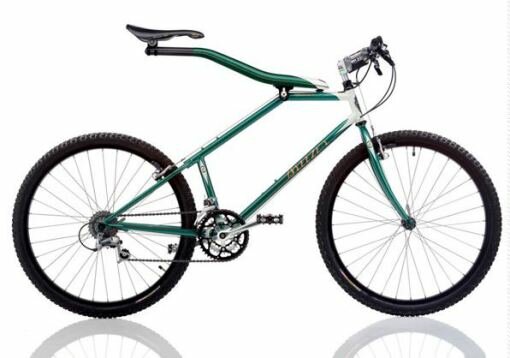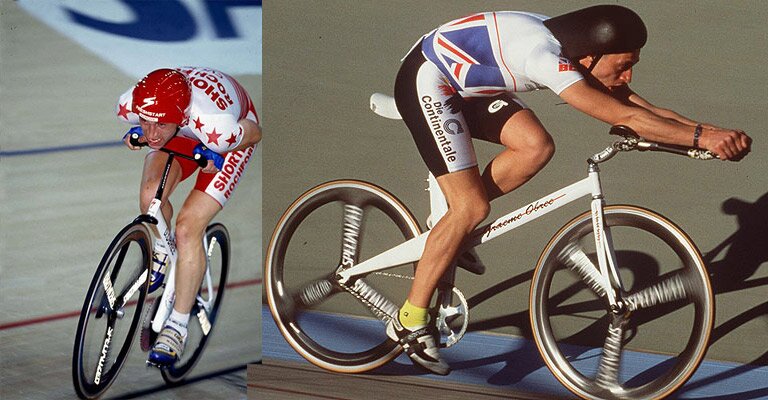Bicycle Innovations
Bicycle innovations come and go. That’s just the nature of the beast—in a market saturated with manufacturers, there is a great deal of innovation as businesses try to out-do one another in the rush for sales, and the results can vary. Ultimately, I’d argue that the nature of innovation in the industry, while frustrating at times, has been highly beneficial for riders.
In some ways, there’s nothing new under the sun—looking at a book in my library (closely guarded secret) reveals precursors to the Aheadset-style stem as early as 1948, for example, and things like rear-suspension with a rocker in 1952. Here’s some of my favorite frame innovations:
1. Elevated Chainstays
I’m not sure who first came up with the elevated chainstay concept, but I have a sneaking suspicion that it was new when it debuted on mountain bikes in the late 1980′s. Around that time, both Yeti and Nishiki were producing frames with the elevated chainstay idea. It was novel concept that solved one of the problematic issues with hardtails in that timeframe: chainsuck. It also neatly addressed the issue of chainring clearance and gave you the ability to run long crankarms without worrying about them striking the stays (up to a point, of course). On the other hand, it also made for a weaker, less-stiff frame, and added weight.
With time, the design has faded away, but you still see them sometimes. My mentor, Paul Wyganowski, made a few, back in the day and has a couple in his garage without parts on them. Done the right way, this could also be an excellent solution for bikes that use belt drives.
2. Suspending the Rider
My first memory of the idea of suspending the rider instead of the bike is reading about the Softride beam sometime in the late 80′s or early 90′s. To be sure, this idea of it was not new in any way, appearing to be first pioneered by Dursley-Pedersen in 1899. Softride/Allsop made these for awhile and combined a flexible beam and a suspension stem from Girvin, in order to suspend the rider over the bike, rather than the bike over the terrain. They had a small and devoted following, but have since ceased manufacturing. Softride still exists, but merely makes bicycle racks for cars now.
3. Obree Positions
Graeme Obree’s bikes from the mid-1990′s are a testament to thinking outside the box. Obree, in the process of smashing the Hour Record repeatedly, started by building a bike that would allow him to ride in a skier’s tuck position, and after that was banned, modified the existing aerobar setups into a new style called the “Superman position”, which was also subsequently banned. The auspices under which these acts were done was, of course, “rider safety.” In reality, it was more of a situation of, “We can’t have a guy who’s building bikes out of spare washing machine parts making us look bad.”
The Obree positions are both slippery-fast, and if I were a betting man, I’d expect to see them crop up again in a sport that’s not as rigidly conservative as pro cycling. Triathlon, perhaps?
Main Image
The main image is a drawing of a tandem drivetrain from 1947, depicting the timing chain on the same side of the bike as the rest of the drivetrain. This is an drawing of a product that actually existed, not a concept mock-up.




Share Your Thoughts!